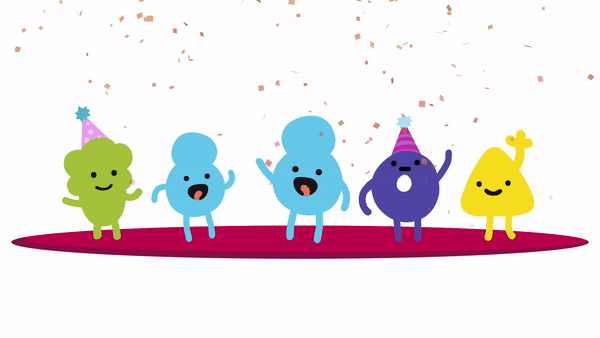Jasper
By using JASPER you agree to our Terms of Service, Privacy Policy, and Cookie Policy.

Copyright © 2022 OCMJI, All Rights Reserved
Account Details
Glossary
Unengaged
The child is not interacting with objects or the people in their environment.
View full JASPER glossary
Glossary
Onlooking
The child is watching the objects or people in their environment without interacting with the materials or individual.
View full JASPER glossary
Glossary
Person Engagement
The child’s sole focus is on the person they are interacting with.
View full JASPER glossary
Glossary
Object Engagement
The child’s sole focus is on the object they are interacting with.
View full JASPER glossary
Glossary
Support Joint Engagement
The child interacts with both the object and the person in their environment.
View full JASPER glossary
Glossary
Coordinated Joint Engagement
The child drives the interaction more than the adult they are interacting with. The child coordinated the object and the person.
View full JASPER glossary
Glossary
Routine
An object-based interaction that include developmentally appropriate toys and materials, two active players, repeated practice, and a mixture of familiar and flexible steps that build toward a central purpose.
View full JASPER glossary
Glossary
Base
The starting point for the routine. This can be one step or a few steps that are comfortable and easy for the child.
View full JASPER glossary
Glossary
Glossary
Restart
Starting the routine over again from the beginning or going back to a familiar earlier step in the routine
View full JASPER glossary
Glossary
Equal and active partners
The child and the adult are each playing and talking about half the time.
View full JASPER glossary
Glossary
Imitation
The adult copies the child’s appropriate actions, gestures, and words.
View full JASPER glossary
Glossary
Notice
Submission Successful
Your answers were submitted successfully!
Error
Required fields missing
Please fill in all required fields and try again.
Notice
Submission Failed
Something went wrong with your submission, please try again later.
